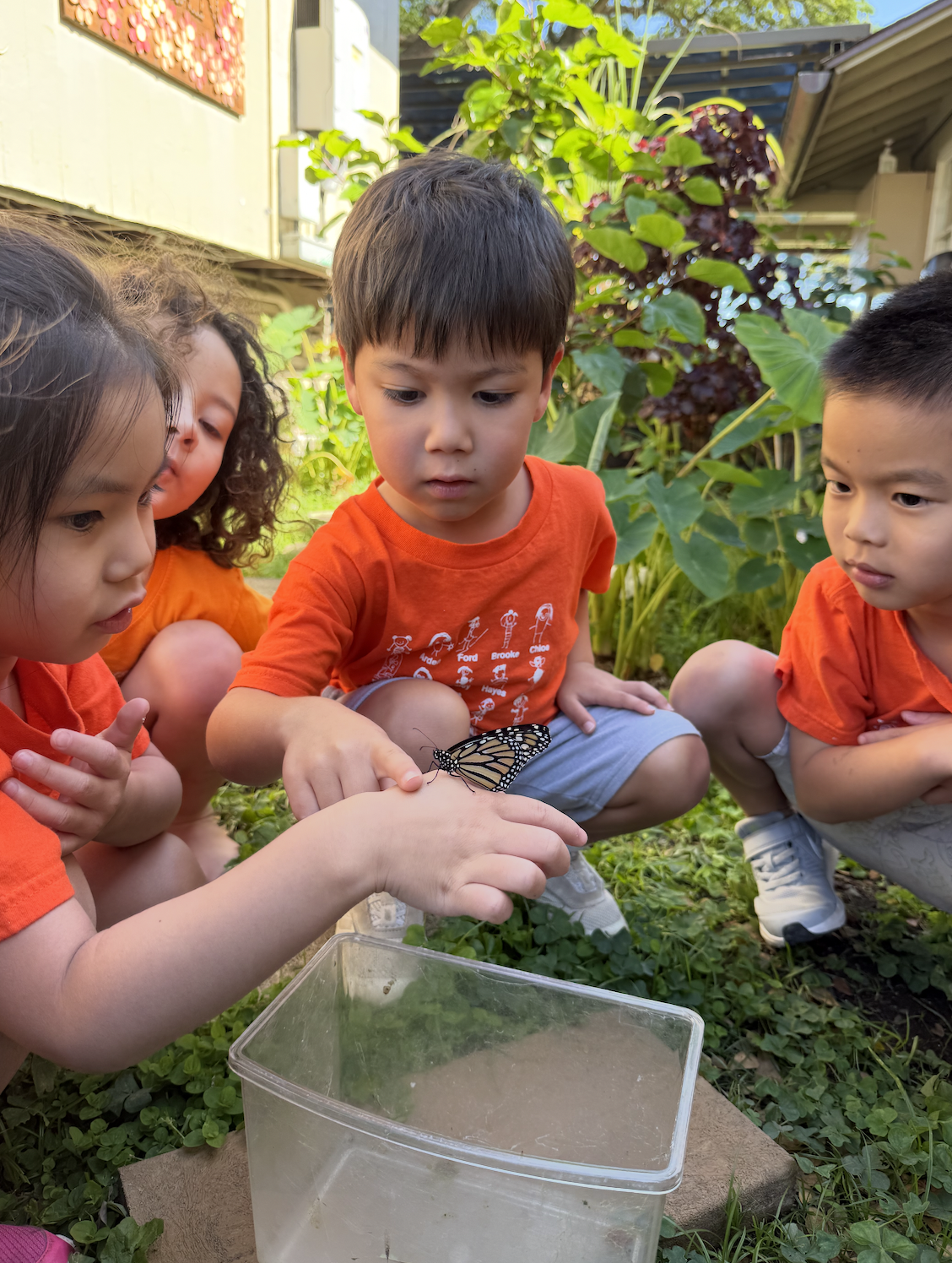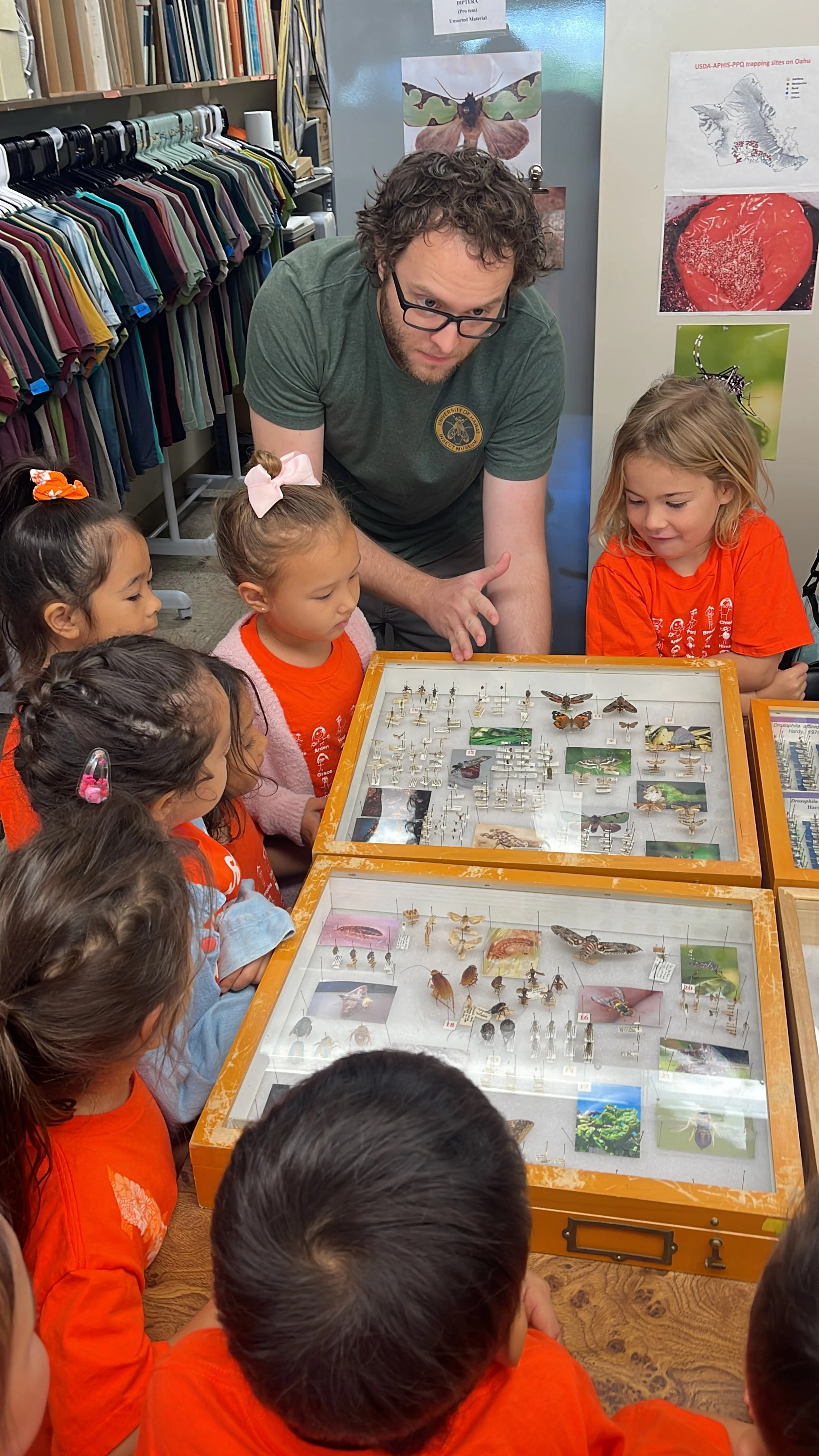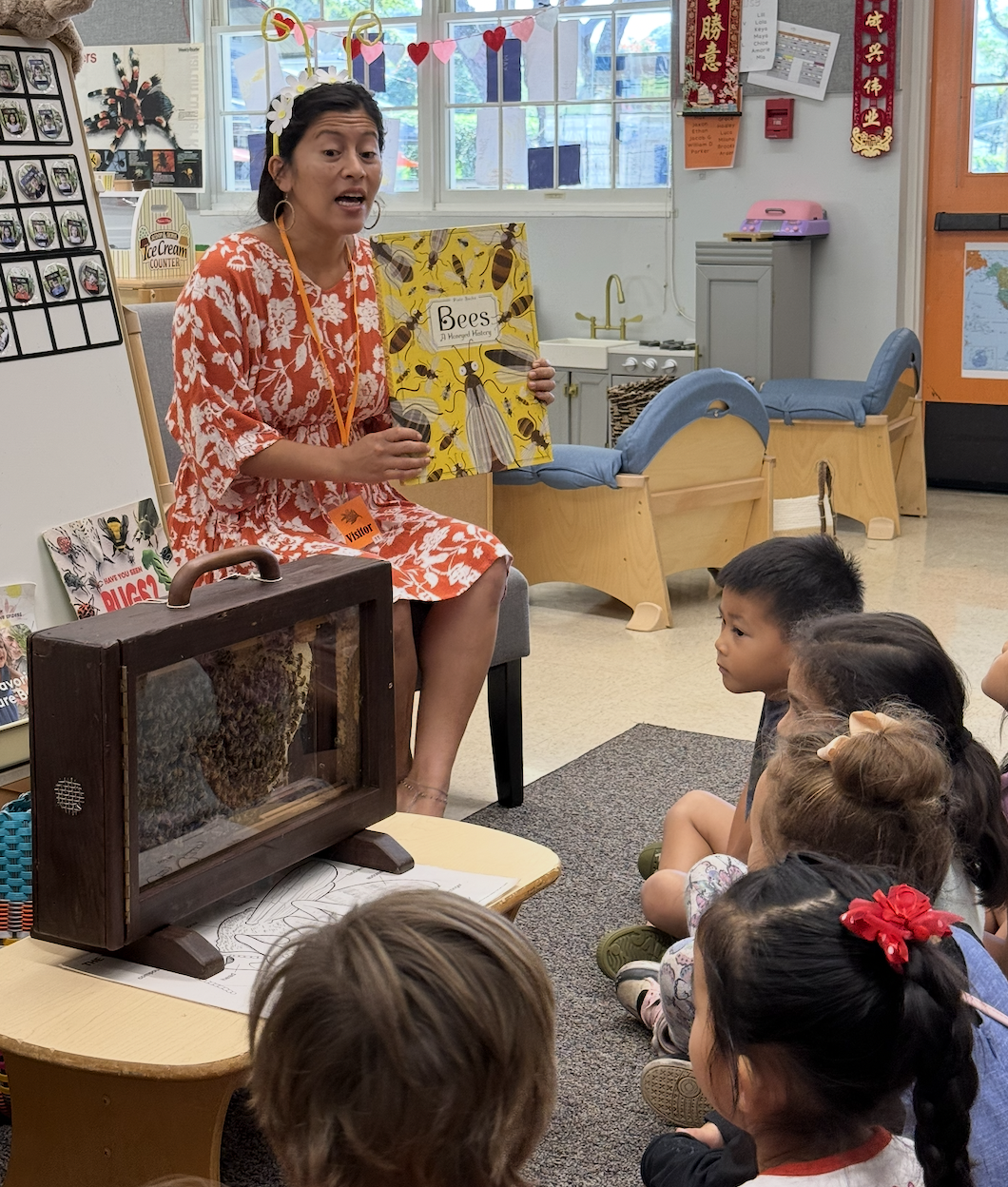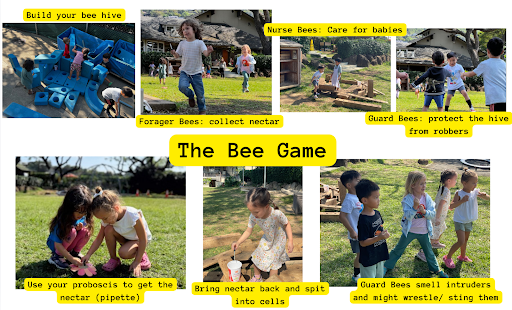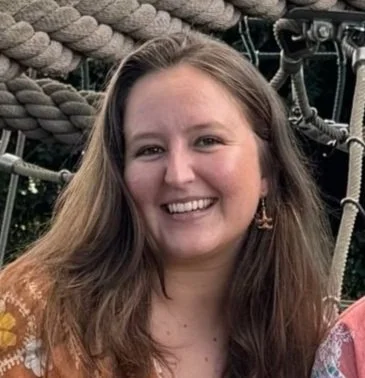By Mollie Taylor
It was restaurant day, a culmination of our eateries unit, which explored how an eatery works, the importance of eateries, roles and responsibilities in eateries, and how eateries help the community. Children collaborated in small groups, demonstrating their learning about how an eatery functions and how to work as a team. Amongst the groups was the “Mexican Burrito Restaurant” team. They were working in our outside garden space, and while they were highly engaged in the task at hand, they also kept getting “distracted,” as most children their age do. The head chef in this group was crafting beautiful tacos using leaves as a shell and flowers as her filling. Another child was taking pride in the restaurant’s money box he had created in our Idea Box Center, where recycled materials are used for inventions. The pressure to film a final video to document their presentation of learning in this unit loomed over my head, but not theirs. As they continued to define roles and negotiate who would do each job in their restaurant, one of the students observed a small caterpillar munching on a leaf above their heads.
“Look, Ms. Mollie! Look up! It’s a caterpillar! It can be our customer!”
The children collected the caterpillar off of the leaf, gave the tiny creature a tour of their restaurant, and created a home for it with a mud kitchen cup so that their restaurant could now include a special pet. As the chime rang to signal the end of the time together, they eagerly rushed inside to share their findings with the class, and our next unit emerged: Insects, Spiders, and Bugs, Oh my!
Launching An Emergent Unit of Study with Early Learners
Emergent units of study, in the context of emergent curriculum, are learning experiences that arise from the children's interests, ideas, and interactions, rather than being predetermined by a fixed curriculum. These units are flexible and responsive, allowing for spontaneous and meaningful learning based on the children's inquiries and explorations. Therefore, it was only natural to start our Insect, Spiders, and Bugs unit with what was happening right before our eyes, the metamorphosis of the caterpillar that our students had collected in the garden on the last day of our previous unit.
As we observed the transformation, we recorded the students’ wonderings, and then made a call out to our families to see if anyone knew about butterflies. One mom knew a lot! She put together a slideshow and came in to share her knowledge about butterflies and moths. Once the children had new vocabulary and a deeper understanding of what they were watching unfold, they had even more wonderings. We followed their inquiry and as we went, we discovered more bugs we had questions about. Butterflies and moths showed us how insects can be beautiful, that even insects change as they grow up, and that insects can be fragile, so we need to be gentle with them. From these observations, more questions emerged and the students became interested in collecting data to help them answer their questions.
We worked alongside the students, constructing the unit using this scientific inquiry process, eloquently developed and communicated by former Hanahau‘oli teachers Lauren N. Inouye and Steve Ross in 2009 (learn more about ways Hanahau‘oli School utilizes inquiry-based, thematic units to place children in charge of science learning here). We made observations, asked questions, and taught the students how to collect and analyze data. This included supporting the students in being able to determine what an insect is, and what it is not. Children went on a hunt at home with their families and sent in pictures of the bugs they saw. We read books, watched videos, and sang songs to build our understanding. One song says it best: Insect Song. The children then sorted the pictures into two groups, “Insects” and “Not An Insect”.
Once we knew what the basic characteristics of an insect are, we wanted to explore all the different types of insects. We jumped on a bus and went down to the University of Hawai‘i Insect Museum where we learned about classifications. Mr. Brad introduced us to the many different species they collect and study, and the children learned which insects are native, endemic, and endangered in Hawai‘i. The children were inspired by the museum and when we went back to school, we created a list of “Big Bug Words” to keep track of our vocabulary and hang in our classroom for children to add to. The children reflected on their learning by drawing the insects they observed, which inspired us to turn our dramatic play space into an entomologist lab. Children helped to sort and label pretend insects into trays, and put lab glasses on to study them. This space allowed children with different interests to try out new roles and explore their ideas. They built habitats with the tree blocks, learned how to operate a microscope, and so much more. All of this helped to build a strong conceptual foundation for further exploration in our unit – the students were ready for a deep dive into honey bees!
Deepening the Learning
Ms. Jasmine from Beelieve Hawaii was our first guest speaker for this next portion of the unit. She taught us about the different bee jobs, the life cycle of a bee, and how bees make honey. We even got to see and hear a part of her hive! A passionate bee expert from an older grade also came to share about bees and taught us how bees communicate with each other through a waggle dance, which we of course tried out.
As a way to experience what we had just learned in new ways, our teaching team also created The Bee Game. We shared how bees are a social insect that works as a team, and made links between bees and popular sports. We had previously observed that our Junior Kindergarten children were ready to work together and were already experimenting with team games like soccer at recess time.
We introduced The Bee Game as a collaborative effort. The basic premise was simple: collect “nectar” (dyed water). However it required that the students navigate complex rules with two different hives across the playground, and unique jobs to be performed by different types of bees. The Forager Bees were in charge of leaving the hive and retrieving nectar using little pipettes, the Guard Bees were in charge of identifying invaders and chasing them out, and the Nurse Bees were in charge of caring for baby bees (essentially turning the bees who invaded and got caught into “new” bees). The children could change into different types of bees whenever they wanted. There were little flowers all over the playground for the bees to take nectar from, but they could also invade the other hive and steal their nectar. The Guard Bees could sting and chase invading bees (sending them back to their hive) but couldn’t leave their own hive, and the Nurse Bees had to revive or nurture new bees who would become workers yet again. The Forager Bees had the choice of taking nectar from the flowers on the playground (where no one could bother them) or invade the other hive to steal their nectar, however they would risk being caught.
The biggest challenge and giggle-sparker was that once the game started, children learned they could communicate only through buzzes and gestures, just like bees. Thirty minutes of fun ensued, and we noticed a lot of excited and dedicated bees collecting nectar and committing to their roles and jobs. It was chaotic, but so is a beehive! The children worked really hard and were hot and sweaty and exhausted by the end, but they had fun and felt accomplished. Once we were back inside, we reflected on The Bee Game experience, with the children noticing that it was hard work. We also reflected on our strategies, saying it was much easier to collect nectar from the closest flowers than it was to invade the other hive, and that led to one team having more success. After reflecting, we poured each team’s collected nectar into a cup, put the cups next to each and observed the volume, and it was astonishing to see how little nectar was actually collected! After all that hard work, we collected just a few ounces! We certainly have a new appreciation for bees, and we won’t take honey for granted anymore! The students shared:
S.M: I got stung a lot.
A.G: It was hard to guard and protect the hive.
M.H: It was hard to protect and take nectar.
E.Y: I had a sword and I’m so sweaty. I protect the kingdom, Me and Max, but I tap them and they don’t go back.
H.M: The guard bees kept stinging me!
G.S: It was easier to get nectar from the flowers because flowers don’t attack you.
Bees taught us appreciation for others, the value of working as a team, how each job on a team is important, and how something we might think is scary, isn’t as scary when we learn more about it.
The next day, children were startled to observe an influx of ants pouring out of our classroom plant, and there couldn’t be a more natural progression to studying another social insect, the ant. Children created a collaborative mural showcasing the inner workings of an ant hill, learned about how strong an ant really is and naturally tried carrying each other, and made ant homes in our sensory sand. Then we continued to follow the interests of the children as they marveled about spiders, creating paper plate webs and experiencing how a spider feels by creating our own large web where children took turns feeling the vibrations of the yarn. We visited scientists who study insects to learn more about humans, discovering that insects can be helpful beyond pollination. This was followed by a guest speaker from the Coconut Rhinoceros Beetle (CRB) Response Team, who introduced us to some of the ways insects can be harmful.
Culminating the Unit, Concluding Activities
Students demonstrated an intrinsic passion for advocacy as they engaged in a follow-up discussion about the CRB’s impact on our island and began brainstorming additional ways to stop their spread. These young children became strong advocates and took action, first searching their neighborhoods for signs of damage on the trees and looking for larva in mulch, and then teaching their families about what we can do to help the response team and protect our island home.
The children’s passion for protecting our island was further refined after we visited the Plant Quarantine Branch of our state government. Here children learned about the rules of what is allowed to enter our island and how a small team works to prevent the entry of harmful pests and diseases into the state. The children were quite amazed and shocked at the amount of work conducted there and were interested in helping. Children brainstormed ways to help the Plant Quarantine Branch; Some wanted to volunteer and help search the boxes. Others wanted to have their own pet dogs trained to help search through boxes at the airport. Many wanted to spread the word about the rules by writing books, making posters, or sharing with our school community at our morning all-school gathering, Flag. In partners, children worked together to teach a rule or important idea through a drawing. Their posters were displayed and children shared with our frequent classroom visitors. With more time, the children would have shared with the whole school or through videos!
Reflections on Teaching Emergent Units of Study
In Hanahau‘oli School’s Junior Kindergarten curriculum, we focus on a few overarching concepts and ideas: identities, relationships, change, and constancy. We are always keeping our eyes out for opportunities to launch a unit of study that can be grounded in one or more of these concepts. Sometimes this leads to the development of a brand new unit inspired by the children’s interests, and other times this results in a new iteration of a previous unit. This year, and in many years past, the children's innate curiosity about insects, spiders and bugs led us back to our existing bugs unit, but with changes and customizations to meet our current class’ unique interests, as well as the resources available to us through our parent community and other community partners. While our units change with every group of students, they always connect to our overarching concepts and ideas.
In addition to supporting Hanahau‘oli School’s focus on creating integrated and interdisciplinary thematic units of study, exploring insects is an incredibly hands-on, meaningful, and concrete way for children to discover scientific inquiry. While children are natural explorers–intrinsically curious and ready to wonder, test their ideas, and share their learning–we focus on teaching them ways to explore deeply.
We also guide them in self-reflection about their favorite ways to explore, and the methods of exploration that they personally find to be most impactful. Some find they learn best through books, others through learning trips or garden play, but all begin to develop, understand, and celebrate their unique learner identity. This identity will grow and evolve as they continue to be lifelong learners who wonder, seek resources, collaborate, and advocate throughout life.
Following the lead of children, planning meaningful and intentional experiences, connecting everything we do back to larger ideas and concepts, and time for a whole lot of play; That’s the Junior Kindergarten Way.
ABOUT THE AUTHOR:
Mollie Taylor is a JK Teacher at Hanahau'oli School. She holds a Master's degree from the University of Hawai‘i at Mānoa in Curriculum Studies for the ages Pre K-3. She also holds a Bachelor's degree in Early Childhood and Elementary Education. Mollie attended Hanaha'oli School as a child and enjoys the full circle process of continuing her learning here now as a teacher.

